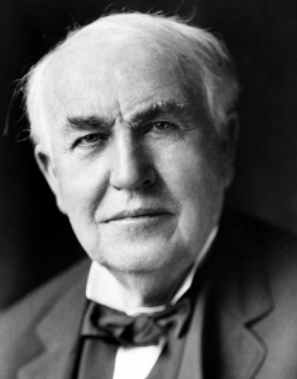A regulatory model based on prescriptive safety requirements (i.e. pre-defined mandatory safety design solutions) and bureaucratic government oversight, like the one traditionally used in civil aviation, is inadequate for highly innovative and fast evolving commercial space programs. There is the need for establishing a safety certification process based on a lean and effective socio-technical system of constraints that does not stifle innovation while allowing maximum design freedom and quick and efficient reaction to technological advancement. This can be achieved through a third-party safety certification process based on the so called “safety-case” approach. This approach consists in leaving the definition of (safety) design solutions and operational procedures to the relevant system developer/operator, while placing the definition of performance requirements and the validation of systems compliance into the hands of an independent team of experts. In the “safety-case” regime, the government role is limited to defining broad safety goals, and overall organizational processes and norms for third-party certification.
The ‘safety-case’ approach is already in use in several advanced industries and programs. Also the International Space Station (ISS) program (including the new commercial vehicles to ferry cargo and crew to ISS) applies what is essentially a “safety-case” certification process. The process is regulated by dedicated agreements that assign to certain (independent) units and experts teams of the ISS participating space agencies the performance of safety certifications on the basis of performance safety requirements collectively agreed. Such role is separated from other roles and responsibilities (e.g. procurement, development, operations, etc.) that the ISS participants are required to fulfil as national space agencies.
The IAASS is promoting the establishment of a commercial Space Safety Institute to offer safety certification services on a commercial basis. The applicable safety requirements are defined in IAASS-SSI-1700 SPACE SAFETY STANDARD: COMMERCIAL HUMAN-RATED SYSTEMS CERTIFICATION. These requirements are intended to protect the flight personnel (i.e., crew and flight participants), the vehicle and relevant launcher or carrier and any other interfacing system, from spaceflight hazards.The standard has been developed by IAASS using the experience accumulated in more than 60 years of government space programs. The requirements are technical and programmatic. They are valid only if used together. All “shall” requirements have a proven heritage and have been successfully implemented in space programs including the Commercial Crew Program. The technical requirements are mainly performance oriented at system level, and mainly prescriptive at subsystem and equipment level (e.g. batteries, pressure vessels, structures, mechanisms etc.). The programmatic requirements include design process requirements and requirements for independent verification of compliance.
“Discontent is the
first necessity of progress.”
Thomas A. Edison


